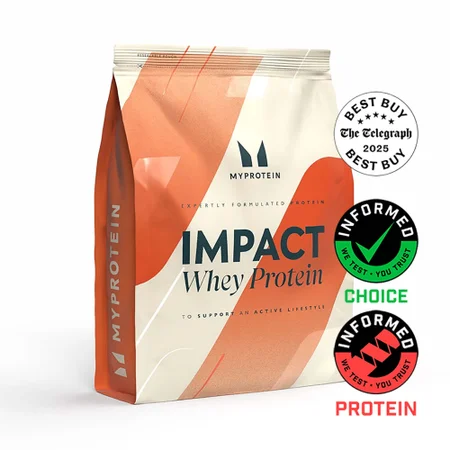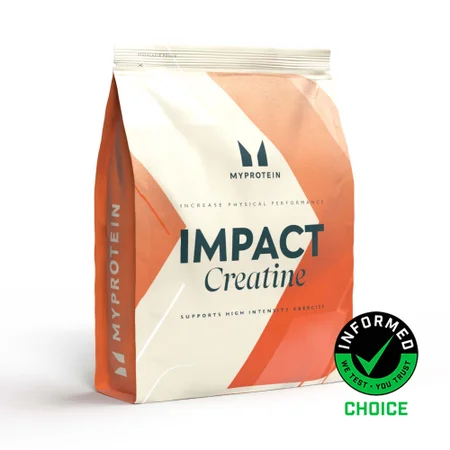Email When In Stock Modal
This modal is for users to sign up for stock notifications
Omega 3-6-9 Softgels
Essential fatty acids in convenient softgels
Email When In Stock Modal
This modal is for users to sign up for stock notifications
Omega 3-6-9 contains EPA (eicosapentaenoic acid) and DHA (docosahexaenoic acid) - both support your fitness goals, alongside your general wellbeing.1,2 As your body can't make these on its own you have to get them from your diet, but it can be difficult to get enough from what you eat alone.
What is Omega 3-6-9?
Omega 3-6-9 is our blend of the unsaturated fatty acids, omega-3, -6 and -9. When looking at food labels, we may find ourselves trying to avoid fats. Some fats, however, are considered to be very healthy, helping our bodies to continue to function normally. Omega-3, -6 and -9 are fatty acids, which are required by our bodies.
Fatty acids are made up of chains of carbon- and hydrogen atoms. The numbers 3, 6 and 9, just tell us a bit more about the fatty acids, namely, at which point in the fatty acid chain the first carbon double bond can be found.
Which foods contain omega-3, -6 and -9?
Though omega-3 is commonly found in fish, it is also present in high quantities in some nuts and seeds. Foods high in omega-3 include chia seeds, cod liver oil, flaxseed (and flaxseed oil), herring, mackerel, salmon, sardines and walnuts.
Omega-6 can be found mostly in oils. Corn oil, grapeseed oil, sesame oil, sunflower oil and walnut oil.
Omega-9 is present in large quantities in some nuts, seeds an oils, like almond butter, avocado oil, cashews, olive oil and walnuts.
Discover more from our Myvitamins range here.

Frequently Bought Together






